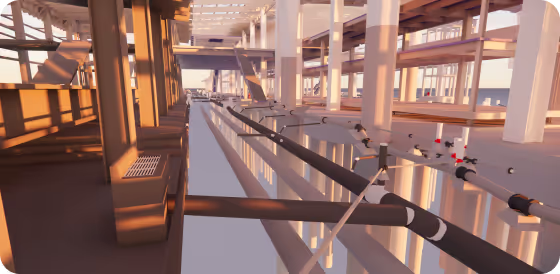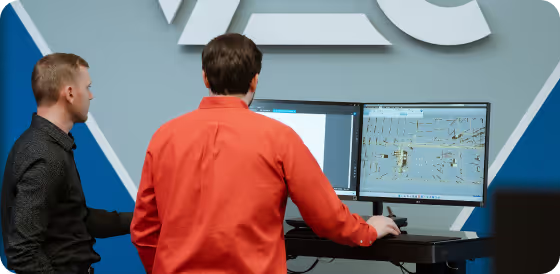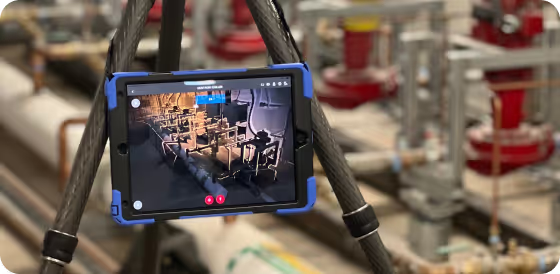Wet utilities installation requires multiple factors to be considered — the age of the existing underground infrastructure, soil condition, sufficient systems isolation, and a maintenance process thought through in advance. Civil underground trade contractors specializing in this type of work would benefit immensely from thorough site conditions analysis with the respective data stored in one place in its entirety, installation process predictability, and enhanced maintenance practices. VEC confidently covers the listed needs with our extended expertise in BIM and VDC.












The jobsite crew’s collaboration flows during and post-construction when they’re sure to keep the existing underground networks often built decades ago intact. Being calm and confident to always have the necessary wet utilities systems data at hand only adds efficiency to the field work. Here’s what ensures VEC brings this spirit to fruition:






